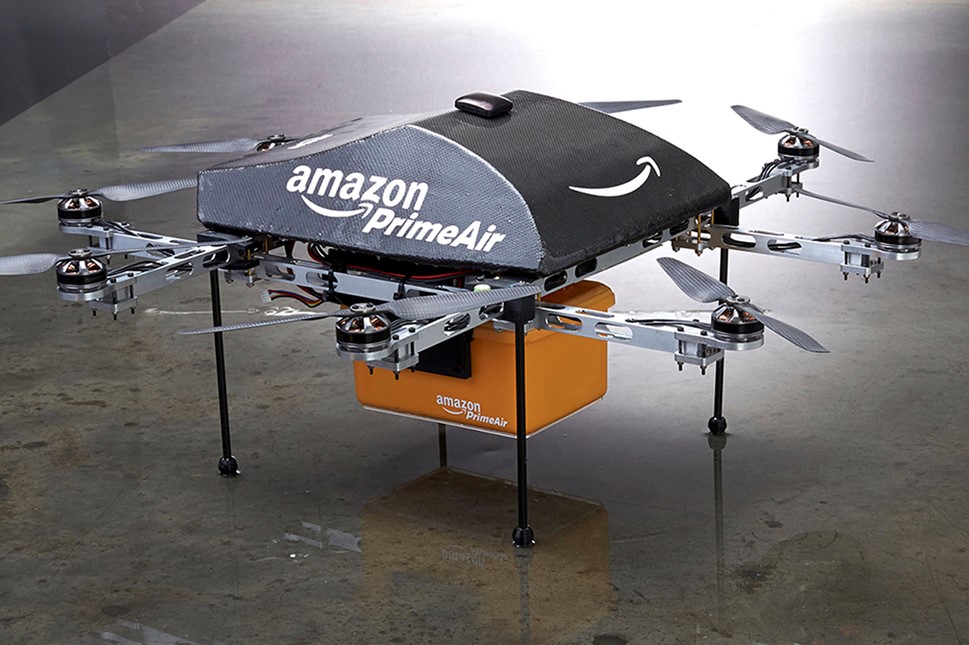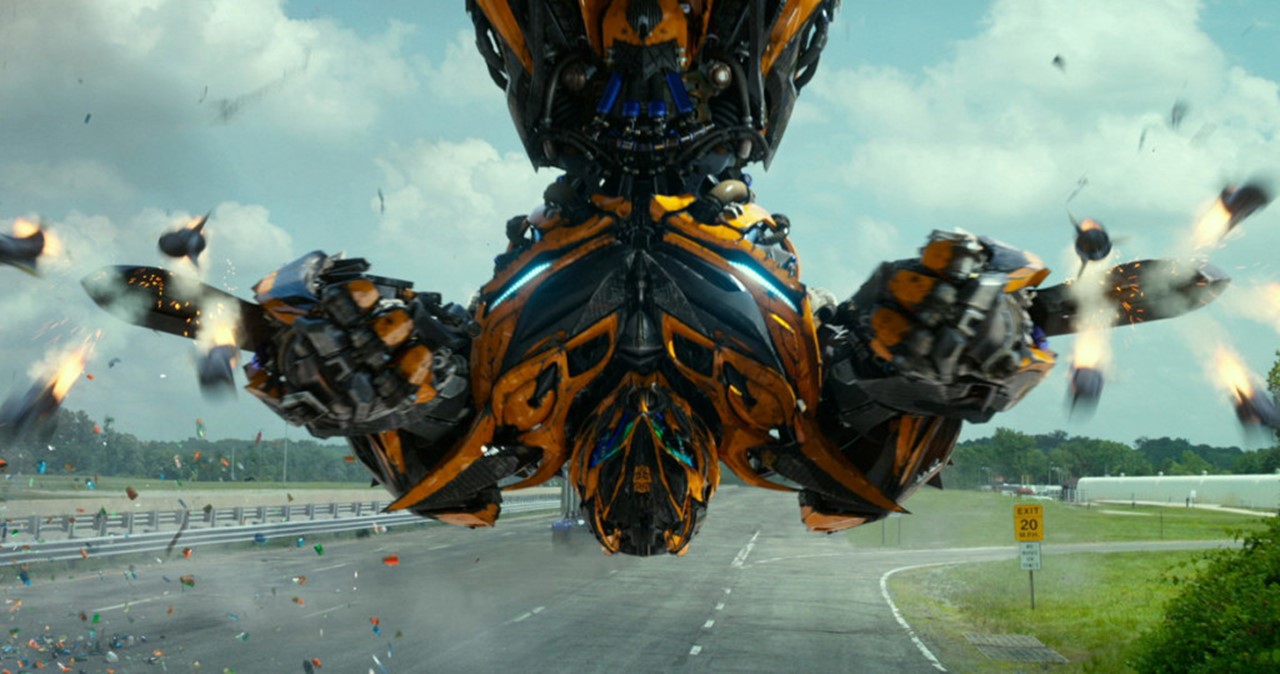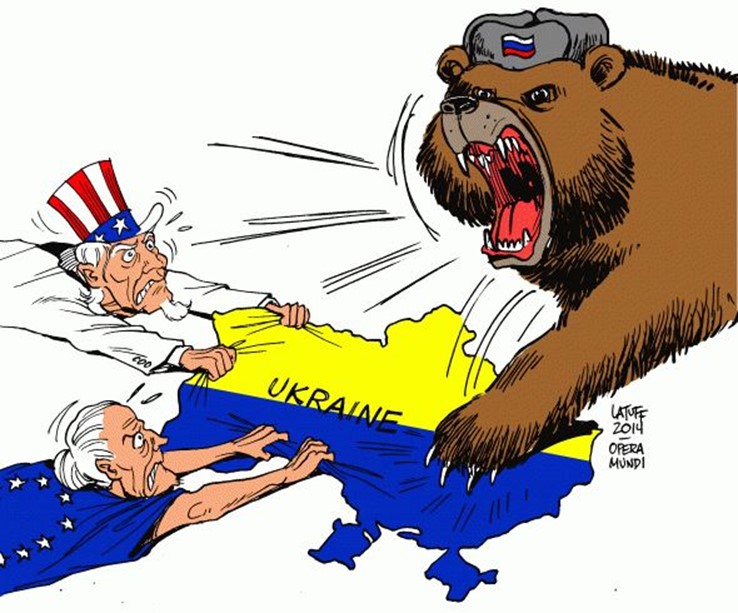The Secret Agenda Driving Amazon’s Interest In Drones
July 14, 2014 in Daily Bulletin

Amazon has asked the government for permission to experiment with drones for package delivery. Dan Frommer uncovered their true motives:
- Amazon’s drone campaign is great for recruitment. Talented individuals who would normally choose to go to Microsoft or Facebook might opt for Amazon instead because of the drone program.
- It is a great bargaining tactic when it is negotiating rates with its current shipping providers. It can threaten to make them obsolete by launching its own rival service.
- The program is also giving Amazon a lot of favourable coverage, keeping it on top of people’s minds.
- Finally, some day many years into the future, drone deliveries might make a lot of business sense. Amazon is just getting into the gig early.
Read more here.
Source: Quartz

















Join the Discussion! (No Signup Required)